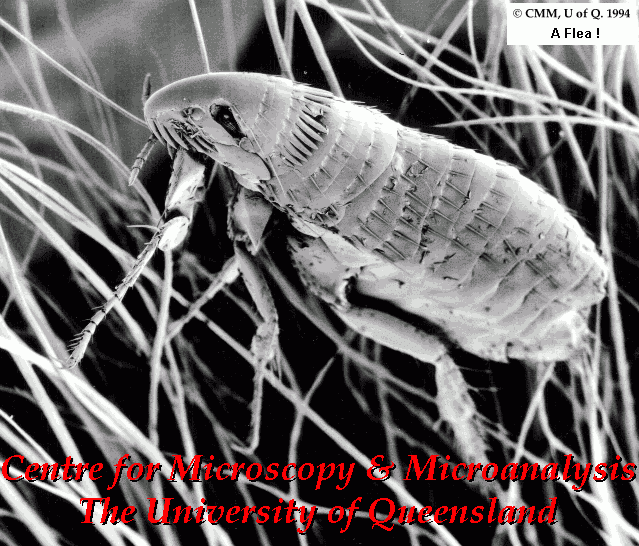Bubonic plague is caused by the bacteria Yersinia pestis. During past epidemics, bubonic plague has spread through human populations, often killing substantial numbers. In between the human epidemics, Yersinia pestis never disappears completely. Rodent populations in desert areas of the world serves as a low level reservoir of plague. In Asia, Yersinia pestis can be found in the Gobi Desert; In North America, plague is harbored by rodent populations in the desert Southwest of the United States.
For the past several decades, only about 10-20 US cases of human bubonic plague have been reported annually. Most of those cases occur in the Four Corners area where the States of Utah, Arizona, New Mexico and Colorado meet in the middle of a desert. People should be especially careful about contact with rodents and their fleas in this area. Michael Booth of the Denver Post recounts this story of the first case of Bubonic Plague in Colorado in 6 years.
On a visit to the Pagosa Springs, Colorado area in the summer of 2012, a 7 year old girl came upon a dead squirrel. Concerned about a proper burial for the squirrel, the girl was in close proximity to the rodent and was bitten by fleas leaving the carcass. Five days later, the girl presented a 107 degree (F) fever and swelling of the lymph nodes. The disease at first stumped the attending physicians, but careful recounting of the history brought to light the contact with the dead squirrel. Plague was then considered a possibility and later correctly diagnosed. The girl was treated with antibiotics known to be the most effective against plague. Family and medical personnel took precautions against respiratory transmission.
The girl eventually recovered from the plague. However, people should be advised to generally avoid contact with dead rodents especially in areas known to harbor bubonic plague.

